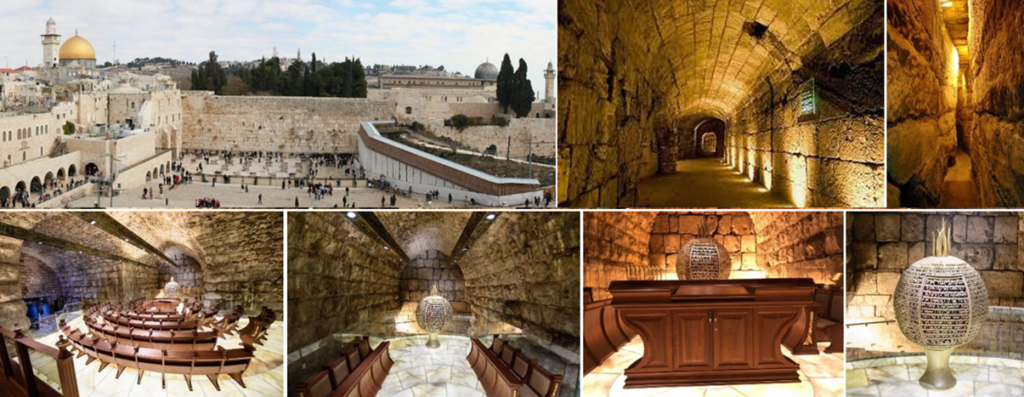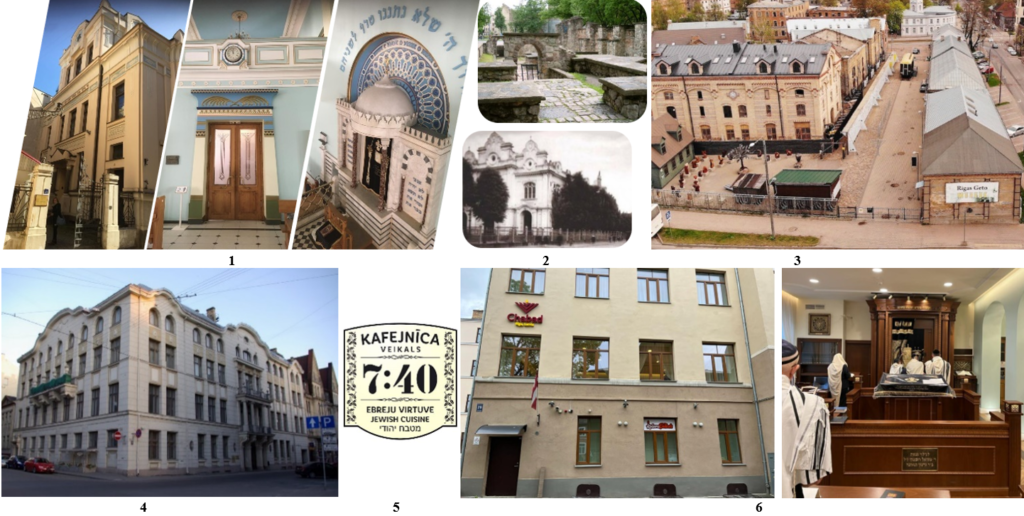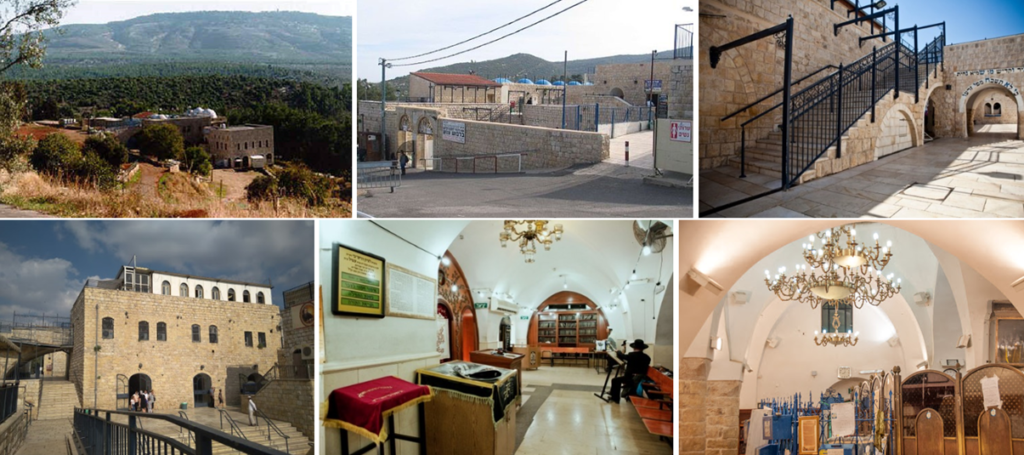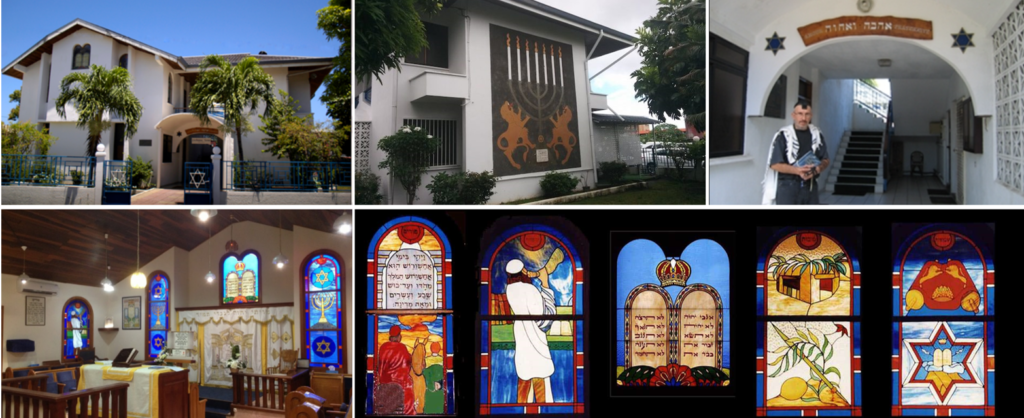
Yom Yerushalayim (יום ירושלים), Day of Jerusalem, is the commemoration of the liberation of Jerusalem during the Six Day War, on 28 Iyar 57271 (June 7, 1967).
On May 16, 1967, Egypt declared a state of alert, carried out major troop movements in the desert Sinai and demands the departure of the UN forces. On May 23, 1967, it imposed a blockade of the Strait of Tiran to Israeli ships. Faced with this casus belli, on June 5, 1967 at 7:45 a.m., the Israeli air force attacked Egypt, destroying almost all of their air force. At 9:30 a.m. the Jordanians enter the conflict, then the Syrians bombard Israel. June 7 (28 Iyar), the Israeli air force destroyed the Jordanian air force and the Israeli paratroopers seized Jerusalem and all the western bank of the Jordan. The Israeli-Jordanian ceasefire takes effect the same evening. On June 8, Egypt also accepts a ceasefire. On June 9, Moshe Dayan decides to launch the Israeli army to conquer the Golan Heights. On June 10, the Syrians evacuated the plateau and a ceasefire took effect the same evening. Judea and Samaria, the Sinai Peninsula, the Gaza Strip and the Golan Heights come under Israeli control, the navigation of Israeli ships is ensured and Jerusalem is reunited.
psalms 122 תְּהִלִּים
ג יְרוּשָׁלִַם הַבְּנוּיָה-כְּעִיר, שֶׁחֻבְּרָה-לָּהּ יַחְדָּו
In December 2017, fifty years after the liberation of Jerusalem, in the tunnel, running along the outer wall of the Temple, close to the Holy of Holies, after 12 years of development, a synagogue funded by the Delek Foundation and Yitzhak Tshuva2 was opened. This underground synagogue has a very special atmosphere, with low vaulted ceilings and stone walls. The metallic spherical arch is crowned with a burning bush and its walls are engraved with the texts: Shma Yisrael (שמע ישראל – Listen Israel), Ana beKoach3 (אנא בכוח – By grace, by power) and Shir HaShirim (שיר השירים – The Song of Songs).
1 Shabbat takes precedence over this day which is moved to the next day if Iyar 28 falls on a Saturday or the day before, if it falls on a Friday.
2 Israeli businessman and billionaire, born in Tripoli in 1948, chairman of El-Ad Group, owner of the New York Plaza Hotel and the Delek Group conglomerate.
3 Ana beKoach: “Please, by the power of Your great right arm, free the bound nation“, liturgical poem recited during the morning prayer and after the counting of the ‘ Omer.




